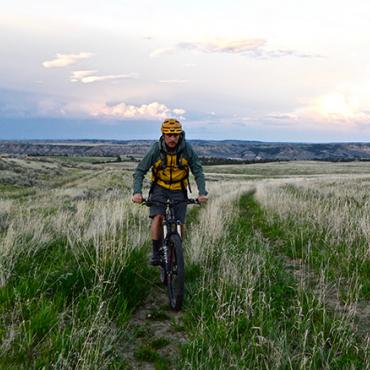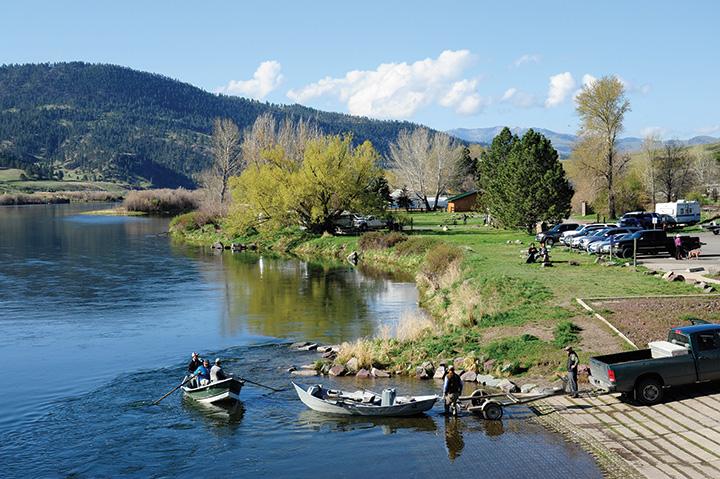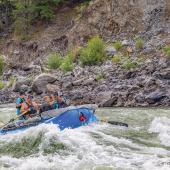Access Granted
The importance of Fishing Access Sites.
Montana’s fishing access is the envy of the nation and the pride of area anglers. Nowhere else in the country is so much prize water just a short drive away, and for free no less. Elsewhere across the West, anglers crowd the few public-access points, making solitude nonexistent and success hard to come by. In Montana, 332 (and counting) Fishing Access Sites (FAS) grant anglers unrivaled opportunity.
Not only do anglers benefit, but so do boaters, floaters, kayakers, wildlife watchers, hunters, and hikers. How does all this access come to be? Where did the land come from and who pays for it? Streamside digs aren’t cheap, and they aren’t making more of it anytime soon. The answer: sportsman’s licenses, state motorboat registration fees, federal Sport Fish Restoration fees, and a portion of the Light Vehicle Registration fee. Conservation funds such as the Land and Water Conservation Fund also contribute in a big way to land acquisitions ranging from a few acres to a few hundred. This ensures that day-use access is free, and that overnight camping permits are affordable. Whether a resident or not, when you renew your fishing license every year, you are making a down-payment on access.
Region 3 alone has dozens of access points along all the major rivers, including the Yellowstone, Gallatin, Madison, and Jefferson. While many access points have paved parking lots and improved boat launches, some are also excellent spots to wade-fish. On summer mornings or evenings, FASs can be crowded with floaters putting on or taking off, so exercise patience and observe proper etiquette. On most rivers, FASs are well spaced to provide for half- and full-day trips. Most likely, these will be the only legal places to enter and exit the river, so unless you have an arrangement with a landowner along the way, know how far you are from the next take-out. Nightfall comes quick when the fishing is good.
While Montana Fish, Wildlife & Parks has staff dedicated to maintaining FASs, like any government agency, resources are scarce. Luckily, angling organizations, conservation groups, and other nongovernmental entities host cleanup and enhancement days throughout the summer. For example, the Madison River Foundation and the Joe Brooks Chapter of Trout Unlimited both sponsor summer-long programs aimed at enhancing the water resource, and one-day cleanups at specific access sites. Check out their websites or social media for more information.
The Montana’s Fishing Access Resource Guide is an invaluable resource for any angler. It has a comprehensive list of all FASs in the state, listing access by water body and indicating where camping is allowed. As with most public-land camping in Montana, sites are booked on a first-come, first-served basis, so be prepared for full campgrounds on busy summer weekends.
This network of publicly managed access sites is essential for the development and sustainability of our water-based recreation economy. While anglers pay their fair share, most kayakers, tubers, and swimmers get off scot-free. If you’re reading this guide, you most likely have at the very least purchased a fishing license, meaning you’ve taken an important step to funding Montana’s Fishing Access program. If you fall into the freeloading segment of river users, consider a donation to an angling organization or plan to help out during a cleanup day. FASs are a treasure well worth protecting.













